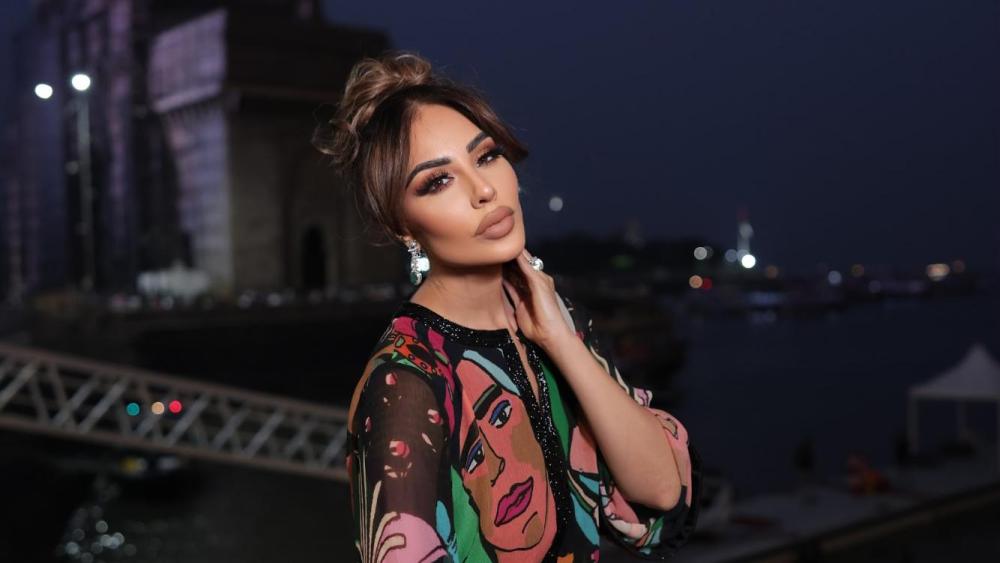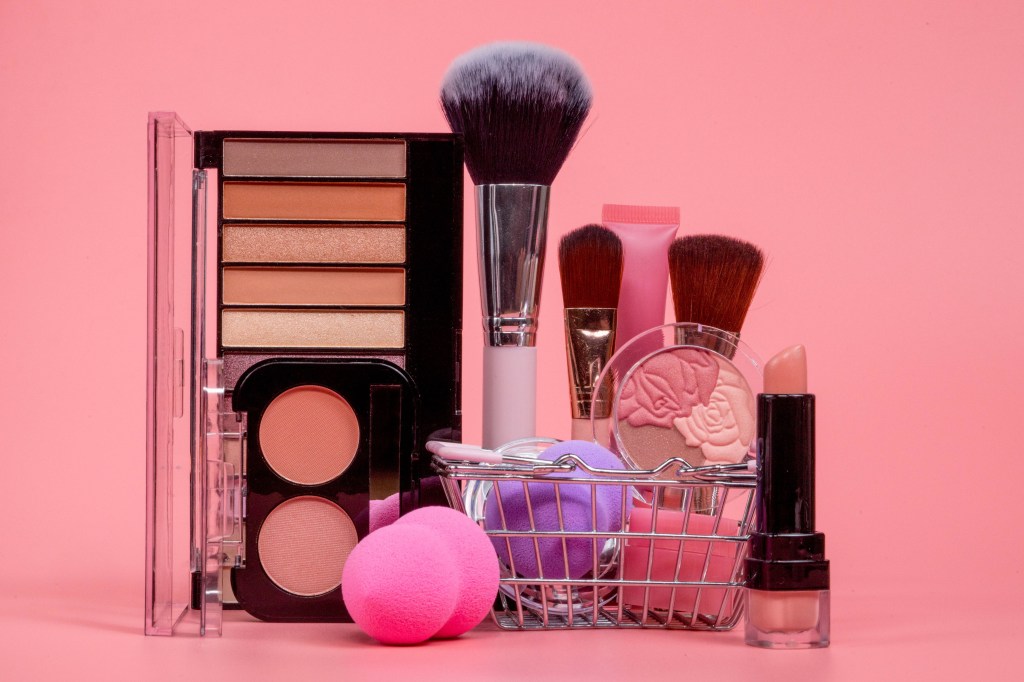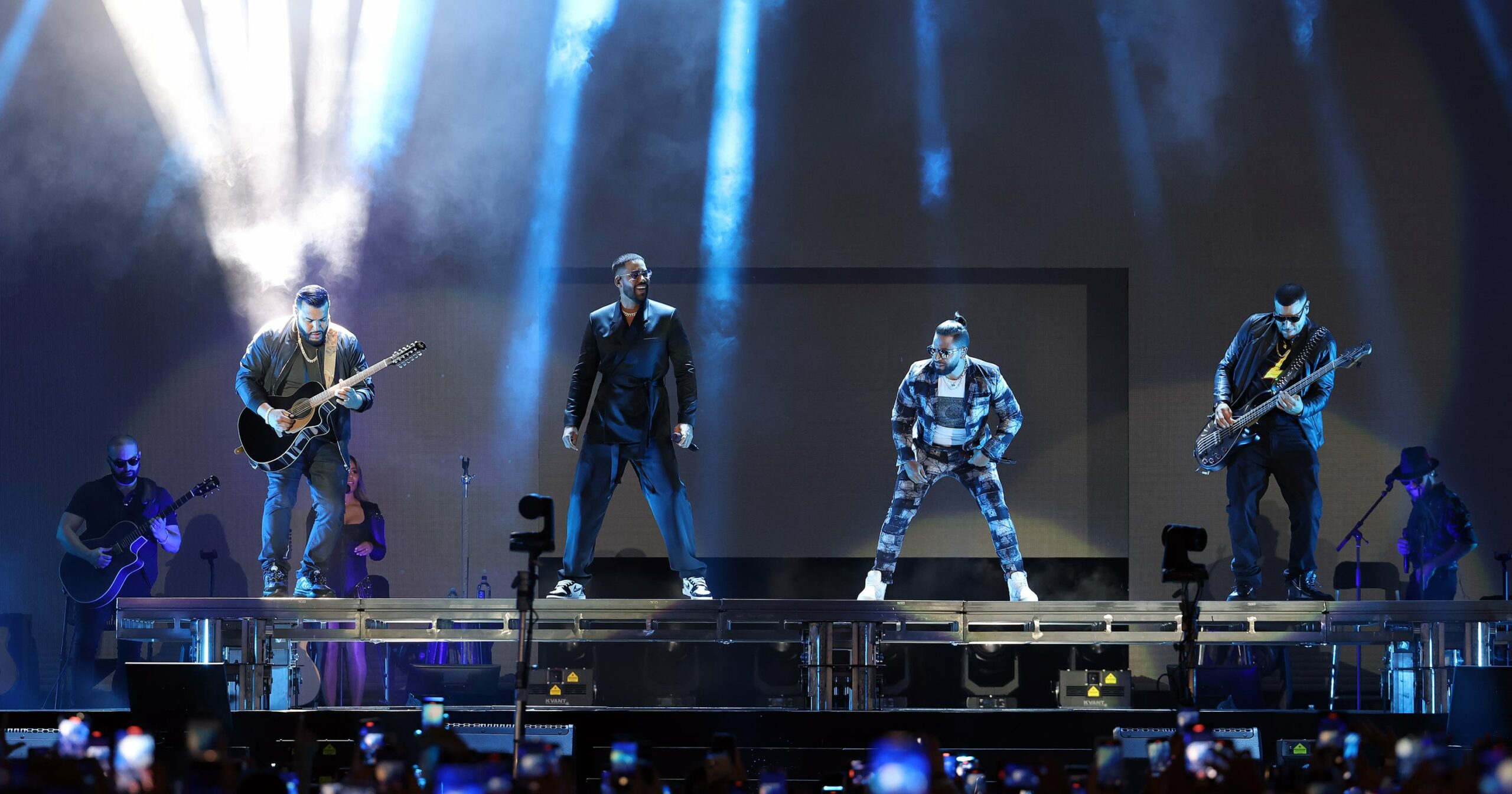India’s biggest fashion event, Lakme Fashion Week, celebrated its milestone 25th anniversary. For years, it has been the space where Indian designers, both veterans and newcomers, shake things up, create and innovate.
After a long journey from Los Angeles to Mumbai, I flopped on the couch in the Dolphin Suite of the heritage wing of the Taj Mahal Palace Hotel, gasping at the regal view of the densely crowded Gateway of India amidst the breathtaking backdrop of the Arabian Sea.
“I’m at your service for the week, Madam,” my butler Raj’s meek voice could faintly be heard against the jarring cacophony of honking horns, street performers, and the chatter of street vendors and passersby.
Right at this very moment, I knew I was finally home. There is nothing quite like Indian hospitality. And there is definitely nothing else that quite compares to the soul of Mumbai. I woke up to an unusual feeling of excitement. The fashion landscape in India had come a long way and I was here to take it all in.
A few years ago, none of my Western Couture aficionado friends had ever heard of Sabyasachi, Gaurav Gupta or Rahul Mishra. Indian fashion designers were nowhere to be found on the international scene.
But these days, those very names are on the tip of the tongues of fashion buyers and collectors in Paris, New York and even L.A. — where celebrities are donning their designs at Hollywood events.
Mishra, a Delhi-based designer, made his first foray into global fashion when he showcased his collection at Paris Couture Week in 2020 — a first not only for him, but also for any fashion designer from India.

Once a little-known designer from Kolkata, India, who showcased his first collection in 2002 at Lakme Fashion Week in Mumbai, Sabyasachi is one of the most recognizable Indian luxury brands with a flagship store in New York and Western fashionistas hankering after his fusion designs and high jewelry.
My first stop was Amit Aggarwal; the collection, in collaboration with Nothing, brought futurism to fashion. Known for his signature sculptured silhouettes, Aggarwal played with shapes and textures, incorporating unexpected drapes, cropped jackets, and asymmetric hemlines. What Aggarwal does best is to blend traditional Indian craftsmanship with modern designs, and this collection was no different — with his modern reinterpretations of vintage Banarasi textiles.

At Falguni Shane Peacock, Falguni and Shane Peacock have shown their collections on major runways such as London and New York. They’ve dressed everyone from Kim Kardashian to Lady Gaga and outfitted costumes for nearly 30 music videos, including for Beyoncé. The red carpets at Cannes or the Met Gala are no strangers to their talent. I was eager to see their Ready to Wear collection for the Indian market.
Their show in Mumbai didn’t disappoint. From power-shoulder minis to figure-hugging bodysuits, it was all about making a glamorous statement. The crowd went into a tizzy when Bollywood veteran Karan Johar wrapped up the show in a dapper black ensemble.
Rahul Mishra’s Spring 2025 Couture show in Paris was the talk of the town, so I was excited to catch his show in Mumbai, showcasing his AFEW line at the finale of Lakmé Fashion Week.

As expected from Mishra, the collection was all about exceptional craftsmanship and creativity, featuring gorgeous textures, intricate detailing and rich hues that screamed maximalism. Bandhani, for instance, is a traditional Indian tie-dye print from Gujarat. Pairing it with a contemporary silhouette was another example of Mishra’s ability to blend textile traditions and modern trends effortlessly.
Mumbai’s iconic Gateway of India saw British fashion house Vivienne Westwood host its first-ever show in the country. The venue was the backdrop for Dior’s pre-Fall showcase in 2023 and expectations for Westwood’s show were high.

The focus for Vivienne Westwood was Indian craftsmanship; in this case, a collaboration with artisans and weavers in Madhya Pradesh, India, to source the Chanderi silk for this special capsule collection.
It was exciting to see Westwood come up with modern interpretations of the Chanderi fabric, especially for her signature corset gowns. However, some felt that the show left them wanting more and perhaps didn’t quite stay true to the designer’s rebellious spirit.
All eyes were on the Ambanis’ daughter-in-law, Radhika, in her archival corset from Westwood’s Fall 1990 portrait collection, aptly paired with a traditional Chanderi saree.
Mumbai, the Maximum City, was lost but happily found again. I came, I saw and I am reluctantly leaving again. But this experience has rekindled my admiration for your dynamic spirit and creativity.
As the likes of Mishra, Sabyasachi and Gupta continue to conquer the international fashion stage, it’s time for India’s talented designers to finally be recognized as international artists instead of being relegated to bridal and ethnic wear. Watch out, Indian fashion is set to take the world by storm. Namaste from my British Airways flight back to Los Angeles.



